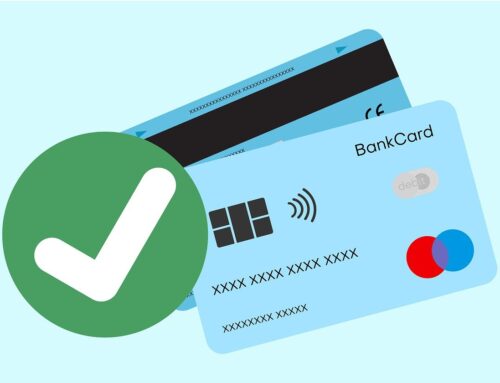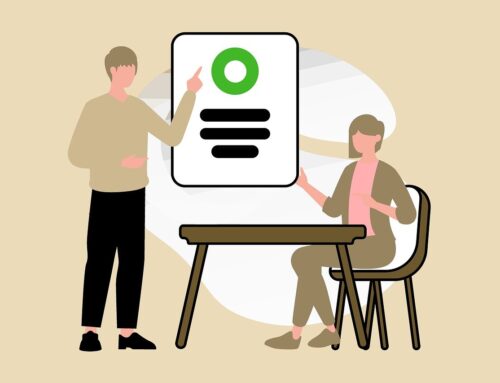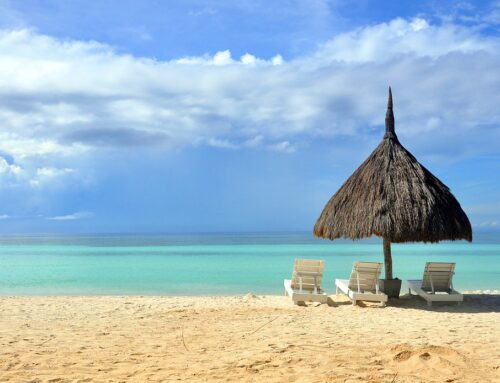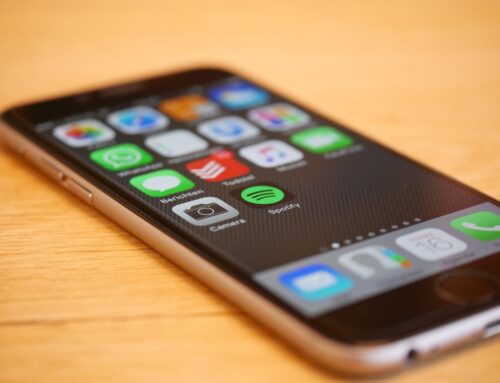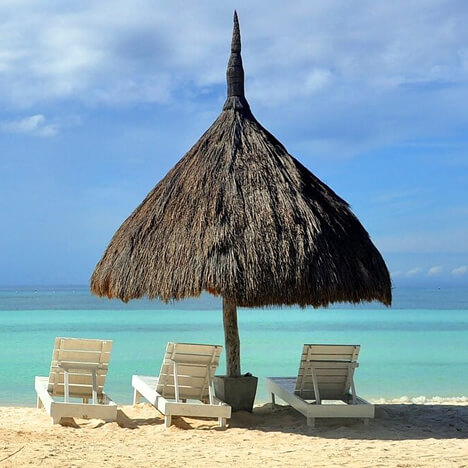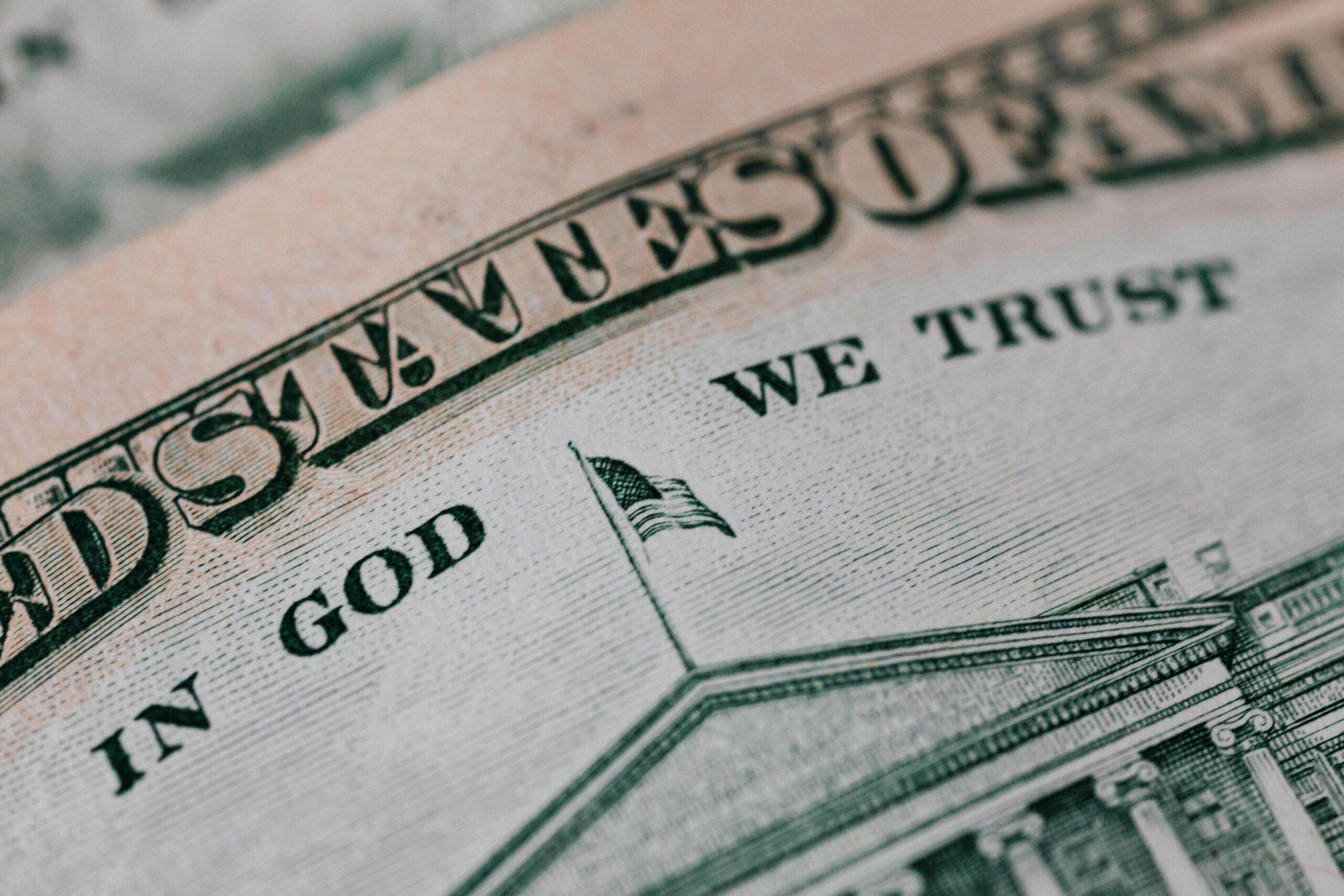
Peso Power: Planning Your Philippine Emergency Fund
Have you been daydreaming about kayaking through El Nido’s turquoise waters, riding colorful jeepneys in Manila, or savoring sizzling sisig with a view? The Philippines is packed with incredible experiences—from jaw-dropping natural wonders to delicious street food. But before you hit “book now” on that flight, there’s one important thing many travelers overlook: an emergency fund.
It might not be the most exciting part of your travel checklist, but having a Philippines emergency fund is one of the smartest things you can do to protect your trip.
When Paradise Doesn’t Go as Planned
Even in a tropical paradise like the Philippines, things can go sideways. You could catch a bug and need to see a doctor, your connecting flight might get canceled, or your luggage could end up in another country. These are common issues that can pop up without warning—and they often come with a price tag.
An emergency fund helps you bounce back quickly without wrecking your travel budget. Whether it’s for medicine, a new set of clothes, or an extra hotel night, it gives you the financial wiggle room to handle surprises calmly and confidently.
Travel Insurance Isn’t Enough on Its Own
Yes, you should absolutely get travel insurance. It’s great for covering big-ticket items like medical emergencies, trip cancellations, and lost baggage. But it’s not a full substitute for having cash on hand. Here’s why:
1. Immediate Costs Come First:
Need medication, food, or new clothes while you wait for your insurance claim? Your emergency fund can step in right away—no forms, no waiting.
2. Deductibles and Limits Exist:
Even with insurance, you might have to pay out of pocket up to a certain amount. Some policies also won’t cover every situation. That’s where your backup funds come in.
3. It Keeps You Calm:
Knowing you’ve got money set aside for the unexpected helps you stay focused on enjoying your trip, not stressing over every bump in the road.
How Much Should You Set Aside?
The sweet spot for an emergency fund depends on your travel style and trip length, but here’s a quick rule of thumb:
-
Short trip (1–2 weeks): Aim for at least $300–$500.
-
Longer stays or remote travel: Consider $800–$1,000+.
-
Living or working remotely in the Philippines? Budget 1–2 months of living expenses as your emergency reserve.
You don’t need to carry it all in cash, but make sure it’s easily accessible (e.g., a backup debit card, digital wallet, or online bank transfer).
Final Thoughts
The Philippines is full of unforgettable moments, and an emergency fund helps make sure the unexpected doesn’t spoil the fun. Combine it with solid travel insurance, and you’ll have the peace of mind to truly enjoy every island, every street market, and every breathtaking view
How Much Emergency Fund Should You Bring to the Philippines?
Planning an unforgettable trip to the Philippines? While packing your bags and booking island-hopping tours are exciting steps, setting up your emergency fund is just as important. But how much should you actually save?
There’s no exact number that fits everyone, but here’s a simple framework to help you figure out what’s right for your situation:
Start With Your Daily Budget
Use your estimated daily spending on food, transportation, accommodation, and activities as your baseline. If you expect to spend $100 a day, multiply that by the number of days you’ll be traveling. That gives you a starting point for how much you might need on hand in case plans go sideways.
Trip Length Matters
Longer trips come with more opportunities for unexpected costs. A weekend getaway might only need a few hundred dollars set aside, while a month-long island-hopping adventure should come with a bigger cushion.
Prepare for the Unexpected
Think ahead to common travel hiccups like lost luggage, minor medical issues, or delayed flights. Do a little research on the typical costs for these issues in the Philippines. This helps you plan for the unexpected with a more realistic safety net.
Know Your Travel Style
Are you the type to chase waterfalls, hop between islands, or try more adventurous activities? If so, give yourself a larger buffer. If you stick to a predictable schedule and avoid high-risk situations, a smaller fund might be enough.
Saving Tips: Build Your Philippines Emergency Fund Without Stress
Building your emergency fund doesn’t have to feel like a financial mountain. These simple strategies can help you grow your stash before takeoff:
Set a SMART Goal
Be Specific about how much you want to save. Make it Measurable so you can track progress. Keep it Achievable and Relevant to your travel plans. And set a Time-bound deadline, like “I’ll save $1,000 in 10 weeks.”
Automate It
Set up a small weekly or monthly automatic transfer into a dedicated savings account. Even $10–$20 per week adds up fast, especially if your trip is months away.
Rework Your Budget
Track your monthly spending and find spots to trim—cutting out a few subscriptions or skipping takeout once a week can free up more savings than you think.
Enjoy Frugal Fun
Not every great experience has to cost money. Spend time in free parks, join local events, and cook meals at home. You’ll still have fun while keeping more money in your pocket.
Learn to Say No
Skip impulse buys and unnecessary upgrades. Keep your goal in mind: the more you save now, the more peace of mind you’ll have on your trip.
Sell What You Don’t Use
Unused gadgets, clothes, or gear? Sell them online or at a local shop. It’s a fast way to pad your fund while clearing clutter before your trip.
Final Word:
Think of your emergency fund as your safety cushion—one that lets you explore the Philippines with confidence, knowing you’re covered if life throws you a curveball. A little planning now can lead to a much smoother (and more enjoyable) adventure later.
Making Your Philippines Dream a Reality: Funding Your Emergency Fund
The Philippines sparks the imagination with its turquoise waters, flavorful dishes, and colorful culture. But for many expats, setting aside money for an emergency fund might feel like a roadblock to making that dream trip happen.
Here’s the good news — with a little planning and smart choices, building your emergency fund is not only possible, it’s totally doable.
Start With Your Reality
Everyone’s financial life looks different, especially when you’re living abroad. You might have rent, bills, or responsibilities in your host country that compete with your savings goals. The key is to be honest about your situation so you can build a plan that works for you.
Focus on What You Can Control
You don’t need to wait for a raise or a windfall to make progress. Start with these small but powerful changes:
Review Your Budget: Track your expenses for a month. Look for spending that’s easy to trim — a few less takeout meals or swapping paid entertainment for free events can make a big difference over time.
Add a Side Stream: Got a skill or a hobby? Turn it into extra income. Freelancing, tutoring, reselling, or doing gig work online can help you funnel cash straight into your emergency fund.
Be Clear on Priorities: Maybe you’re also saving for retirement or another big goal. That’s fine! The important thing is to know what matters most to you right now — and balance your priorities realistically.
Use Flexibility to Your Advantage
Start Small: Even a modest goal — say, $100 to start — can get the momentum going. Build confidence by hitting that first milestone, then keep climbing.
Say “No” More Often: That quick coffee run or impulse online buy? Skipping it brings you one step closer to the Philippines.
Your Dream is Worth It
Saving for a Philippines emergency fund doesn’t have to feel overwhelming. Think of it as the foundation for a stress-free, unforgettable adventure. A little planning now gives you freedom later — to relax, explore, and enjoy everything he Philippines has to offer, with peace of mind in your back pocket.
Related Posts
-
An Expat’s Guide to Gardening in the PhilippinesMarch 25th, 2024
-
Your Guide to Installing a Swimming Pool in the PhilippinesMay 31st, 2024
- No comments have been published yet.
Tags
Recent Posts
- Navigating Life Without a Physical Address in the Philippines: How to Manage Banking Challenges
- Navigating the Foreign Earned Income Exclusion: Insights for U.S. Expats in the Philippines.
- Teach Her to Fish: Empowering Your Filipino Girlfriend to Succeed in Remote Work
- Explore El Nido, Philippines: Things to Do, Where to Stay, and How to Get There
- T-Mobile Service Without the Price: Why Mint Mobile is Perfect for Expats in the Philippines

